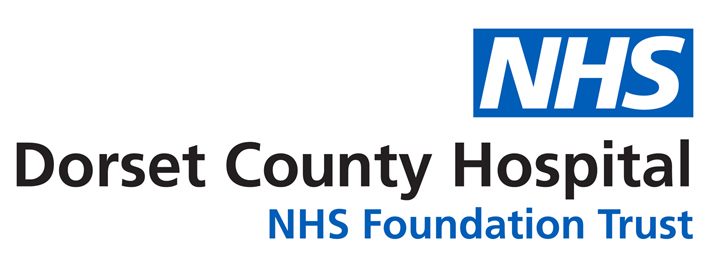Computed Tomography (CT Scan) – Poole
Introduction
Please read this leaflet carefully. It explains what will happen and why, and we hope it will answer some of the questions you may have.
Where to find us
Please note your CT scan appointment is at Poole Hospital.
Parking is available in the hospital grounds. The car park is a pay and display car park but can be very busy at times so please allow plenty of time.
What is a CT scan?
A CT scan is a type of x-ray. CT stands for Computed Tomography and simply refers to the technology in the equipment.
You lie on a narrow table which passes through a circular hole in the middle of the machine. A fan shaped beam of x-rays passes through a slice of your body onto a bank of detectors. The x-ray source and detectors rotate around inside the machine. An image of the slice is formed by a computer and displayed on a TV monitor. You are moved slowly through the hole to take a picture of different slices of your body.
Although all CT scans involve the use of Ionising Radiation every effort is made to keep doses as low as reasonably possible. However, should you have any questions or concerns please feel free to contact the referring doctor or the CT Department on 01305 255397.
You must inform the staff if you are, or think you may be, pregnant.
Staff may also need to know if you are diabetic.
The day of the examination
Please follow the instructions on your appointment letter. You may need to undress for your scan and wear a hospital gown. You are welcome to bring your own dressing gown.
Will I need to have an injection?
You may need an injection as part of your scan. CT is used to look at areas where no natural contrast exists. In that case the radiographer or radiologist will give you an injection of dye called a contrast medium, usually containing iodine. This has the effect of creating artificial contrast which clearly shows up the area your doctor wants to investigate for damage or disease. Sometimes several scans are taken before the contrast medium is injected, and then further scans are taken after the injection. The contrast may give you a hot sensation as it goes round your body but this passes very quickly.
Will it be painful?
You will feel nothing from the scan itself. If the scan requires the use of contrast medium the radiographer will explain to you what is involved. You will be able to return to normal activity following your scan.
Who does the scan?
The person who carries out the scan is called a radiographer. He or she will explain the process to you and show you how to position yourself. It is very important that you stay still for the whole time whilst the pictures are being taken. You may also be asked to hold your breath for some of the time.
The radiographer or assistant will make sure you are comfortable afterwards and ready to go home.
Please do not ask the radiographer for information about your scan. Your scan will be examined by a radiologist, who will interpret the pictures (there may be more than 1000 images) and send a report to the doctor who asked for your examination to be done.
Why is my scan in Poole Hospital?
The NHS is moving towards individual NHS Trusts working together to provide care across the community that they serve. A CT scanner has been installed at Poole Hospital to improve CT scan waiting times for all Dorset patients.
Although your CT scan will be on the Poole CT scanner, your appointment has been arranged by Dorset County Hospital. The CT images and CT report will also be held at Dorset County Hospital ready for your next appointment.
Finally
We hope that you have found this leaflet useful. If you have any questions or you are worried about anything, please contact your family doctor (GP) or the CT Department on 01305 255397.
You can also contact NHS 111 24 hours a day on 111 or visit 111.nhs.uk
About this leaflet
Author: Simon Jones, Deputy Radiology Manager and Cross-Sectional Lead Radiographer
Written: August 2018
Approved: January 2025
Review date: January 2028
Edition: v4
If you have feedback regarding the accuracy of the information contained in this leaflet, or if you would like a list of references used to develop this leaflet, please email patientinformation.leaflets@dchft.nhs.uk
Print leaflet